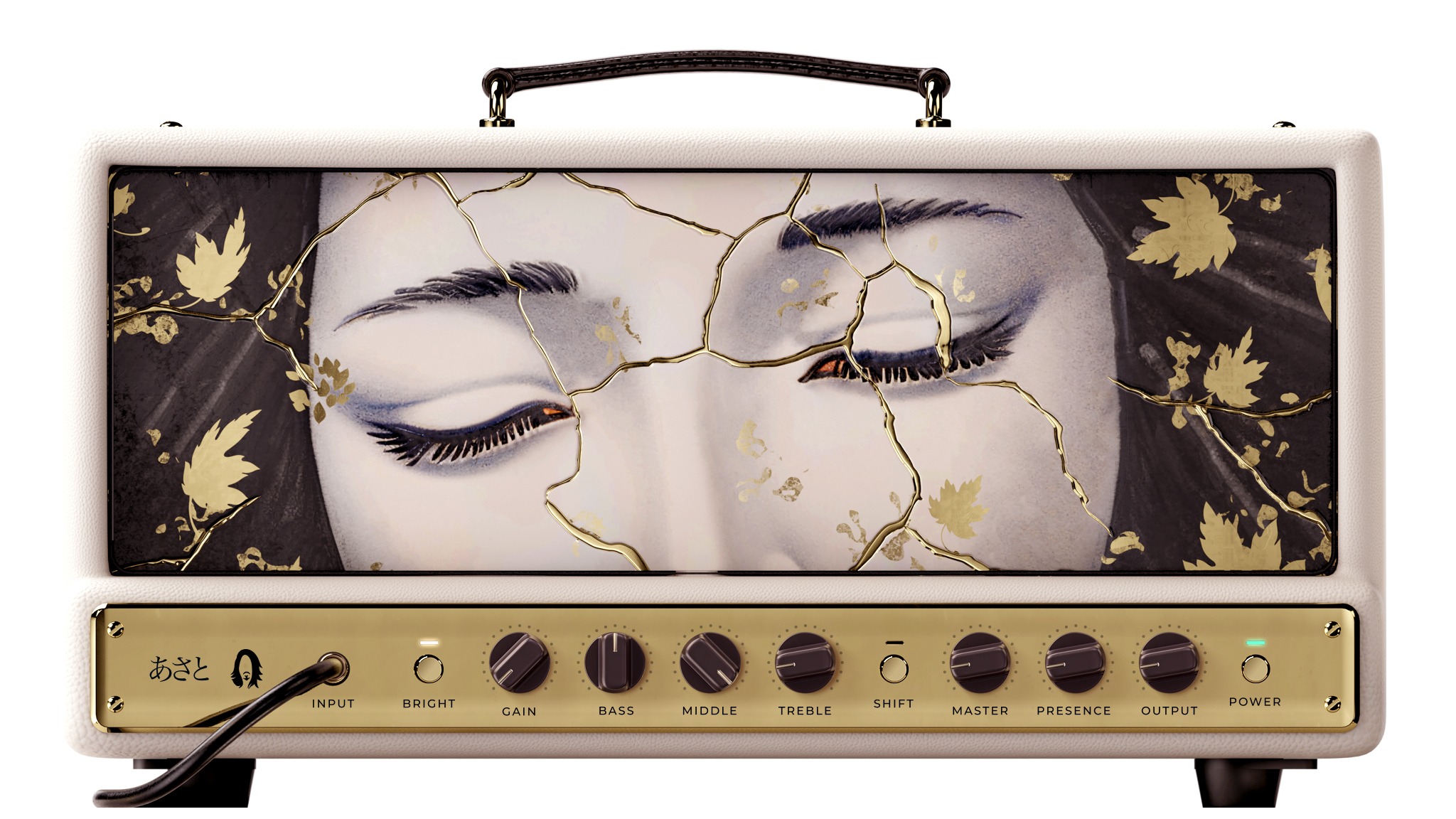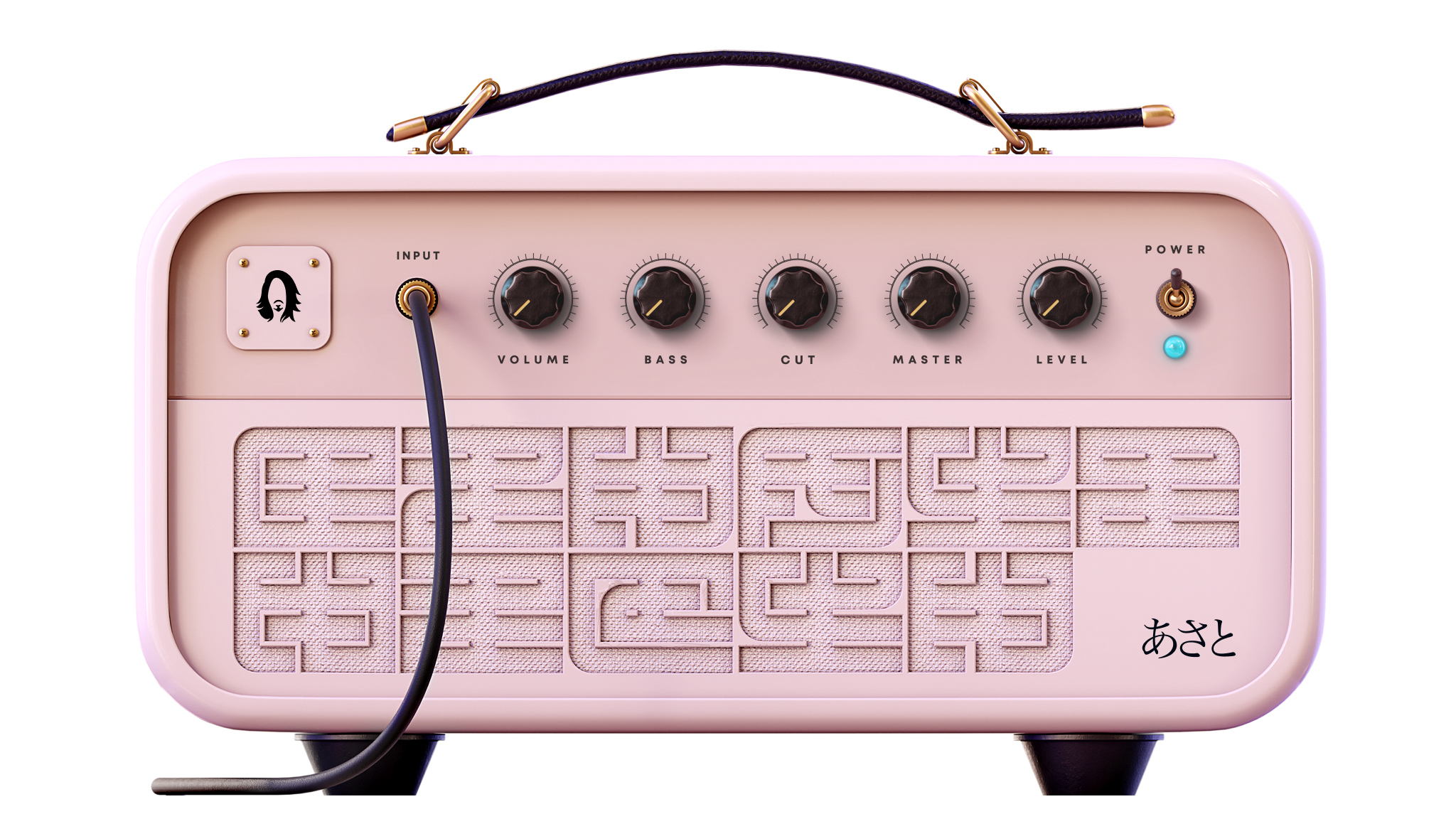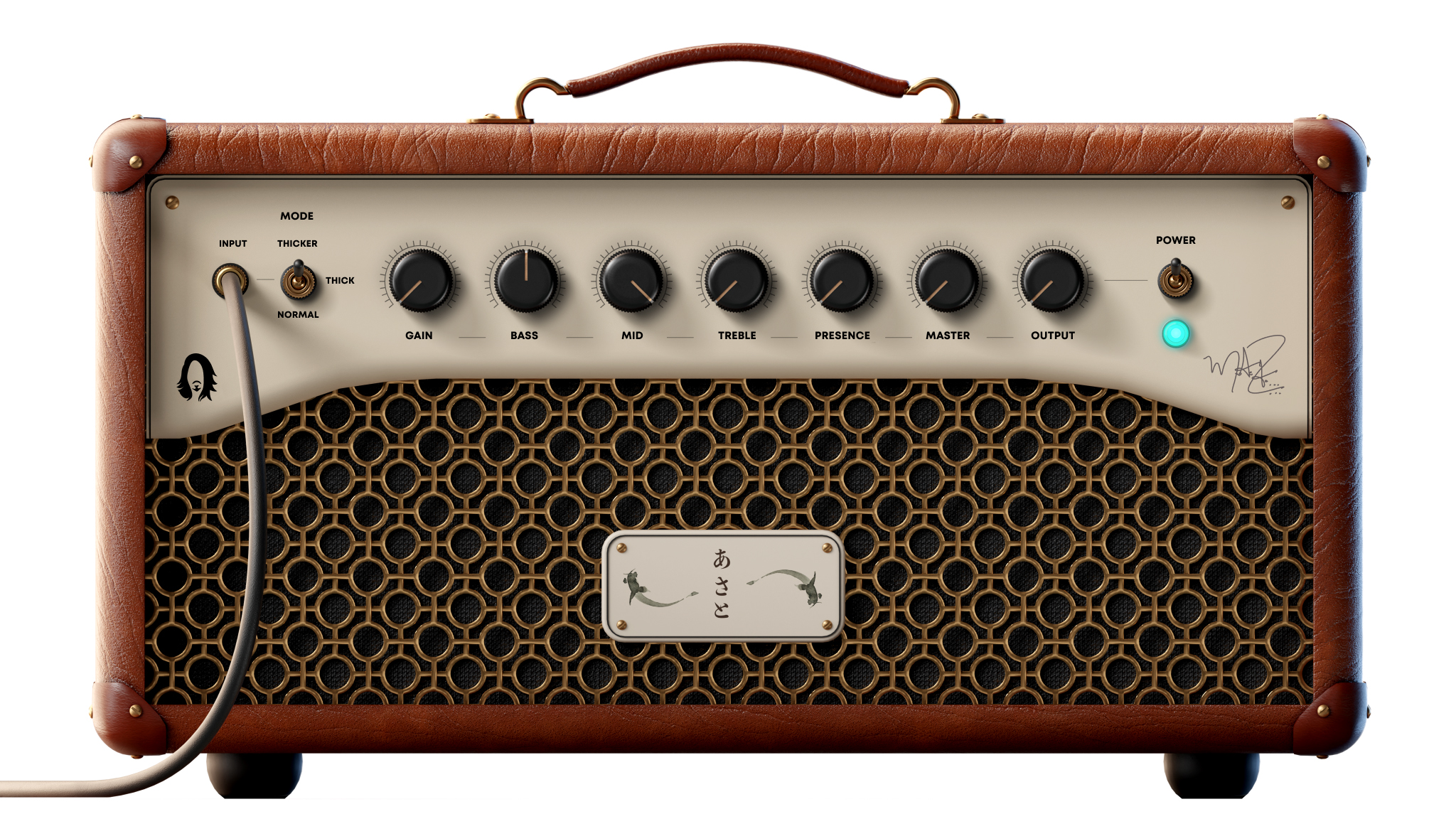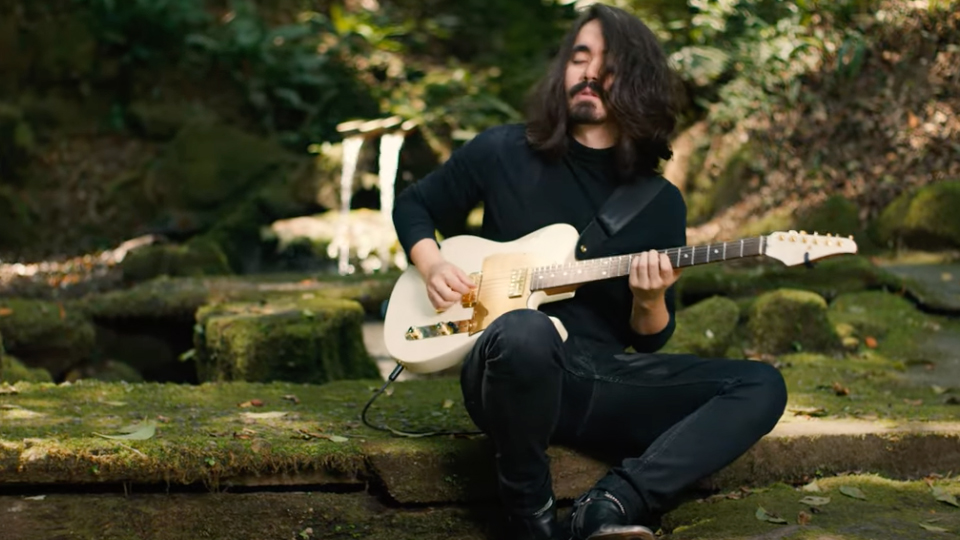
Mateus Asato is a prime example of the shifting territories some of today's modern guitar heroes can thrive in – despite not having any well-known songs to his name, his inventive Instagram instrumental covers and sterling session work as an accompanist on stages with Bruno Mars, Selena Gomez, Carrie Underwood and more has seen him as an artist top brands are very keen to court. And Neural DSP has delivered the challenge of digitally recreating his whole rig for others to use with Archetype: Mateus Asato.
“Archetype: Mateus Asato really captures what I set out to do every day on the guitar, which is to take creativity and let it flow easily,” says Asato. “Neural DSP was able to hear it as I hear it – and bring it to everyone through its amazing technology. It’s a beautiful accomplishment!”
Asato shines with the sparkling clean and articulate edge of breakup tones that allow his emotive styles to breathe, and the emulated amps here reflect that. A British-voiced amp made 'tighter, brighter, and punchier' offers a vintage-clean character sound and the modern clean tones are served via a 'boutique interpretation of a Fender-style amp with high headroom. The third amp is said to deliver soaring leads with 'mid-high gain with natural compression'. There also one 9-band equalizer per amplifier, with high- and low-pass filters.
As with past Archetypes, the amps are only part of the package and the software works as a DAW plugin as well as standalone for playing. A cab-sim module offers hundreds of impulse responses captured by Neural DSP, alongside 10 virtual mics for positioning around the virtual speakers. IRs can also be loaded by players.



Asato's pedalboard is reflected in a carefully curated selection that also includes a brand-new delay algorithm. The optical compressor uses an optical cell to alter the dynamics of your audio signal and comes with a powerful tilt EQ 'which can simultaneously boost one end of the spectrum while cutting at the other'.
Two overdrive pedals cover a wide range of needs with a mid-gain option that also provides a boost or always-on enhancer at lower gain levels. A distortion/fuzz here 'delivers tones ranging from gentle overdrives to compressed fuzzes', while the packages modulation pedal combines amp-like tremolo with a analogue-esque chorus/vibrato effect.
The new delay algorithm 'emulates the speed up/slow down effect and characterful tape saturation and modulation of a classic vintage tape delay'. The tap times can be spread to a stereo field for ping-pong and circular delay tones too.
Want all the hottest music and gear news, reviews, deals, features and more, direct to your inbox? Sign up here.

On the reverb side, they range from highly ambient with long decay tails and two modes – Hall is inspired by classic 80’s studio reverbs and Plate represents contemporary pedal replications.
Other features include a redesigned user interface optimized for an even better user experience and a built-in live tuner that displays at the bottom of the UI.

“Collaborating with Mateus was an adventure in creativity and inspiration,” says Neural DSP’s CEO Douglas Castro. “His desire for a tool that could match the intricacies of his playing led us to create a plugin containing an unrivaled collection of boutique gear with the precision and innovation that only our state-of-the-art technology can offer. Archetype: Mateus Asato is a tribute to his talent, a celebration of his unique style, and an invitation to explore new horizons in your own music. We hope that using it will inspire our community as much as creating it has inspired us.”
Archetype: Mateus Asato is available now for €119 at neuraldsp.com. The Finland-based company recently laid out a roadmap for adding plugin compatibility to its acclaimed Quad Cortex multi-effects and amp modeller pedal, with plans for the first Quad Archetype to be Plini's signature pack.

Rob is the Reviews Editor for GuitarWorld.com and MusicRadar guitars, so spends most of his waking hours (and beyond) thinking about and trying the latest gear while making sure our reviews team is giving you thorough and honest tests of it. He's worked for guitar mags and sites as a writer and editor for nearly 20 years but still winces at the thought of restringing anything with a Floyd Rose.